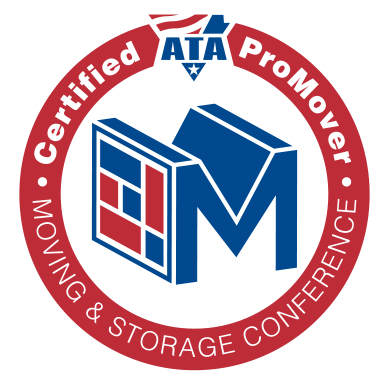
As we approach the three-year mark of COVID-19’s impact on the world, most workplaces are finally starting to settle into their “new normal.” Organizations have explored different hybrid working models as a transition back to the office, but that transition may become a permanent solution this year, giving employers the visibility they’ve been missing while still allowing the flexibility employees have come to love.
However, for many executives and human resources teams, the hybrid working model still feels like an in-between plan rather than a long-term solution.
Here are some of the concerns – or myths – surrounding hybrid work, and the truth behind them.
Myth 1: No One Wants to Work in the Office
This myth is partially true, but we need to unpack it more.
Most employees in roles where they are able to work remotely do not want to give up the flexibility of working from home. But, that doesn’t mean they are opposed to in-office time. In fact, a Gallup survey found that 65% of employees prefer the balance of a hybrid working model. So, while bringing employees back into the office full-time might result in some resignations, a flexible hybrid schedule should provide the best of both worlds.
Another important factor to note is that employees who are asked to come back into the office want to understand and see the purpose behind it. If employers are requiring a return to the office where employees just sit in their cubicles and join virtual meetings all day, there’s going to be frustration. In-office time should be purposeful and flexible. A report from Microsoft revealed that 84% of employees would be motivated to return to the office if they were promised greater opportunity to connect with their coworkers. When in-office time is built for intentional collaboration and social connection, the assumption that no one wants to come back to the office is more a myth than reality.
Myth 2: Hybrid Work Will Hurt Recruiting Efforts
This myth is still to be seen, but we’re predicting “not really.”
The move to remote work over the last three years has expanded the recruiting radius of employers. If organizations want to require in-office time, recruiters can continue to utilize this new, expanded network of candidates and offer relocation benefits for new hires in different states. There are people who are either open to a hybrid work model or even prefer it, but they won’t all necessarily live in the same area as your office. A relocation benefit that covers the costs and logistics of moving can entice potential hires across the country, so you don’t have to limit your recruiting efforts to a 50-mile radius.
We’re also starting to see major organizations like Disney and Apple require employees to come back into the office. As roles at these companies tend to be highly sought after, it will be interesting to see how their recruiting is impacted in the coming months and years.
Myth 3: Too Much Remote Work Will Lower Productivity
The last three years have definitely busted this myth.
Employees who have worked remotely throughout the pandemic claimed that working from home actually boosted their productivity. Research from Ergotron, an ergonomic office equipment developer, found that 40% of employees work longer hours at home (partially because they no longer have a commute to worry about) and 56% have improved mental health, both of which contribute to more productive work days.
Pairing the flexibility of remote work with intentional in-person collaboration can only serve to elevate productivity.
Navigate the Hybrid Model with Allied
Whether your organization is exploring a hybrid model for the first time or testing out how in-office expectations impact recruiting, Allied will partner with you to navigate the transition. This could mean leaning on our talent mobility services as a recruiting tool for potential hires who want in-office time but are concerned about the costs and logistics of moving. Your organization can also consider moving your office location out of the city and closer to where employees live so the commute is less of a deterrent.
With 95 years of experience, Allied has helped organizations manage some of the most complex transitions throughout history. From moving individual employees to entire headquarters, we have the expertise, capability and massive national network to help your business navigate the move to a hybrid working model. Learn More.


![shield [Converted] susan](https://corporate.allied.com/hubfs/susan.png)
![shield [Converted] move](https://corporate.allied.com/hubfs/move.png)

